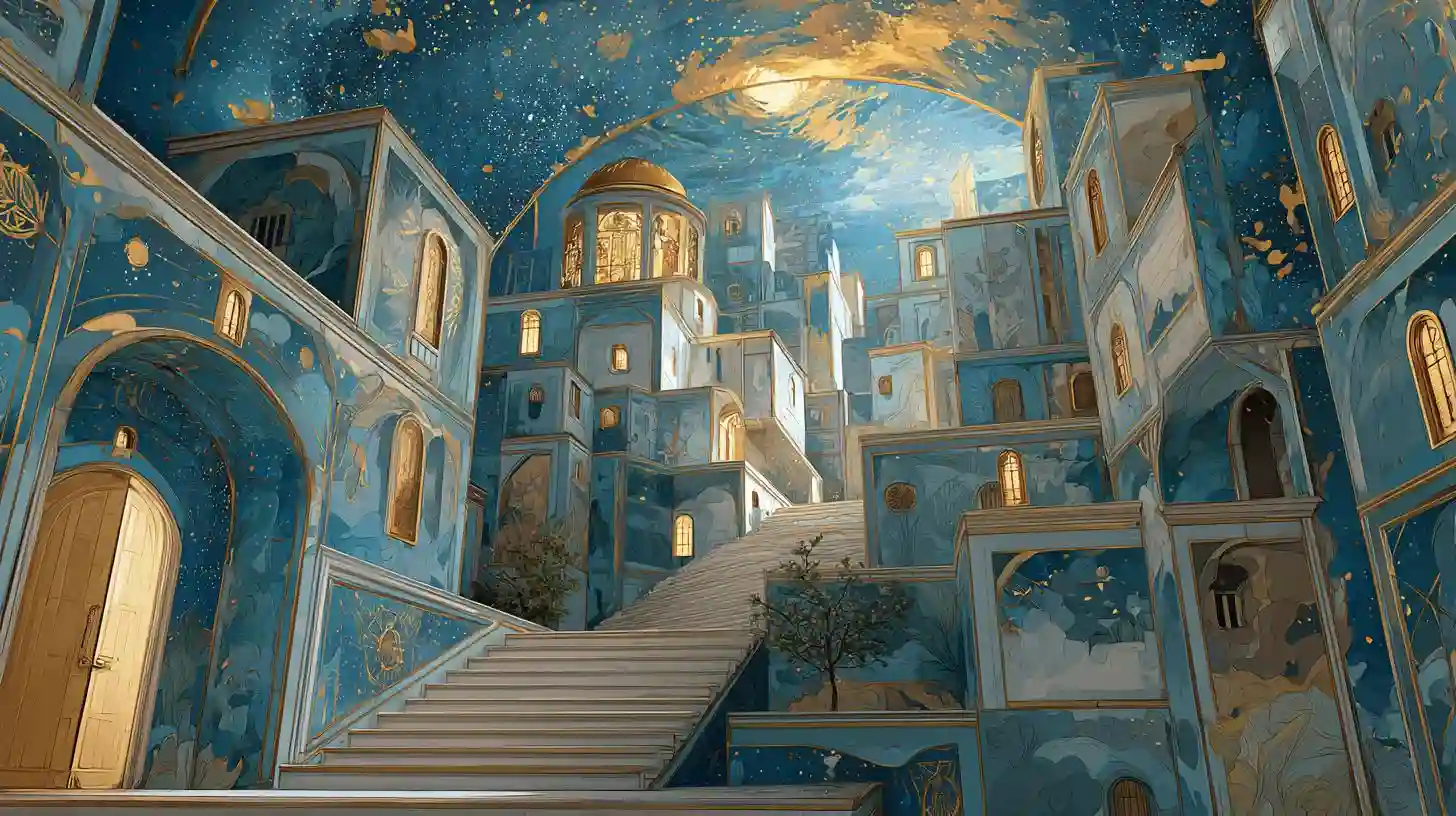
When you embark on the journey of creating a mural, you're not just applying paint to a wall, you're bringing a story to life, transforming a blank canvas into an expression of creativity, culture, or emotion. Whether you're a novice artist or have some experience in the world of art, painting a mural can be an exhilarating process that requires both technical skill and artistic vision. To achieve the best results, you need to understand a few core elements and strategies that will guide you through each step of the journey.
Start by choosing the right location for your mural. The space you select will greatly influence the style and size of the artwork. Think about the environment and the impact you want the mural to have. Is it going to be in a public space where it interacts with passersby, or is it in a more private setting where the details will be appreciated up close? Understanding the relationship between the mural and the space will help you conceptualize your design more effectively.
Once you have your location, the next step is to decide on the theme or message you wish to convey. Murals are powerful storytelling tools, and your theme will determine the design elements you use. Consider the mood you want to evoke – do you want it to be bold and dynamic, or subtle and serene? Whether you're inspired by nature, history, or abstract concepts, the theme will guide the color palette, composition, and overall tone of the mural.
After establishing your theme, the next critical step is to sketch out your design. It's often helpful to create a smaller version of your mural, known as a maquette or mock-up, to get a sense of how your design will look on the larger wall. You can experiment with different compositions, color schemes, and visual elements during this stage. Once you're satisfied with your design, transfer it to the wall using a grid method or a projection system, both of which will allow you to accurately scale the design from your smaller sketch to the full-sized wall. This step ensures that the proportions and spacing are correct before you start painting.
The preparation of the wall is just as important as the painting itself. Ensure the surface is clean and smooth. If there are any cracks or imperfections, fill them in with appropriate wall fillers. Once the surface is prepped, apply a coat of primer, especially if you're working with a rough or porous wall. A good primer ensures better paint adhesion and helps the colors stand out. If you're painting on outdoor surfaces, make sure you use paint specifically designed for exterior use, as it will be more durable and resistant to the elements.
Now, when it comes to the painting process, it's crucial to start with the background and work your way to the foreground. Start with large, broad strokes, filling in large sections of color first before adding finer details. This method will allow you to build layers without disturbing the more delicate areas you've already painted. Layering is a key part of mural painting, as it gives depth and texture to the artwork. Begin with the base layer of your colors, and as each layer dries, continue to add more intricate details like shadows, highlights, and textures to bring your mural to life.
To achieve precision, use brushes of various sizes, as well as different painting tools like sponges, rollers, or even spray paint, depending on the effect you want to create. For intricate designs, use fine-tipped brushes to add the smallest details. Larger brushes and rollers are ideal for filling in broad sections or achieving a smooth gradient of colors. If you’re working with spray paint, consider using stencils for added accuracy and to prevent overspray.
As you paint, always step back periodically to get a better view of your mural from a distance. This allows you to see the composition as a whole and make adjustments if needed. Don't get too caught up in small details too early in the process; it's more important to get the overall shape and design right first. It's also a good idea to have someone else look at your work from various angles to provide feedback, as fresh eyes can often spot things you might have missed.
The final stage of mural painting is adding protective finishes. Once the paint has dried, it’s essential to apply a clear coat to protect your mural from fading, dirt, and weathering. For indoor murals, a matte or satin finish may be enough, while outdoor murals require a stronger, weather-resistant finish. If you're working outdoors, consider using a UV-protective clear coat to prevent the colors from fading due to sunlight exposure.
Mural painting is not just a technical skill; it is also about capturing the essence of a space and telling a story. It is a process that requires patience, attention to detail, and a deep appreciation for the environment in which you're working. Whether you're painting a mural for a community, a business, or as a personal artistic endeavor, the process of bringing a blank wall to life is both challenging and incredibly rewarding. Every stroke of paint is an opportunity to share a part of your vision with the world.